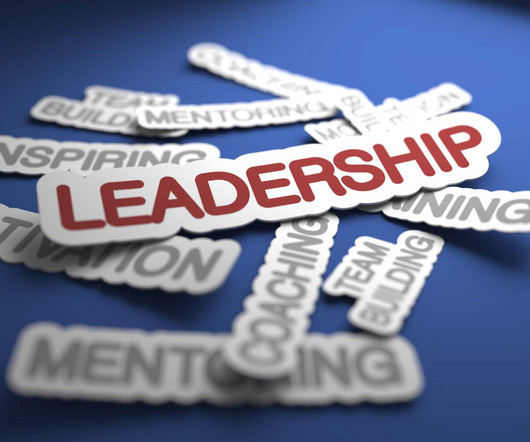Unleashing Innovation: Mastering AI-Driven Design Thinking Strategies
Leapfrogging
FEBRUARY 28, 2024
The Five Stages of Design Thinking The Design Thinking process is often represented by five key stages: Empathize, Define, Ideate, Prototype, and Test. Ideate : Generating a range of possible solutions. AI-Powered Ideation Techniques Ideation is the creative process of generating ideas.















Let's personalize your content